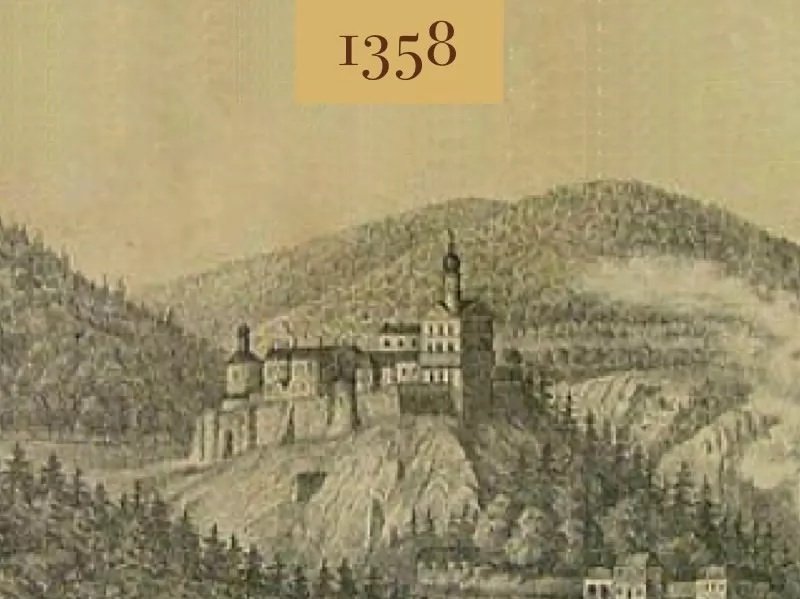
History of the hotel Olympic Palace is very closely associated with the history of the Carlsbad town. The hotel is located on a street named after small castle which was built as one of the first building in a new village in 1348 by Charles IV.
Expansion of Carlsbad as a spa town lead to build and reconstruct hotel Olympic Palace. Later hotel was developed according to successful spa and tourism business as well as the decline after the war.
In 19th century the political and culture expansion in Carlsbad reflexes the life in the hotel and we can say that in the history of the hotel you could reflect all important events which happened in Europe and in the Czech Republic in 20th and even 21th century.
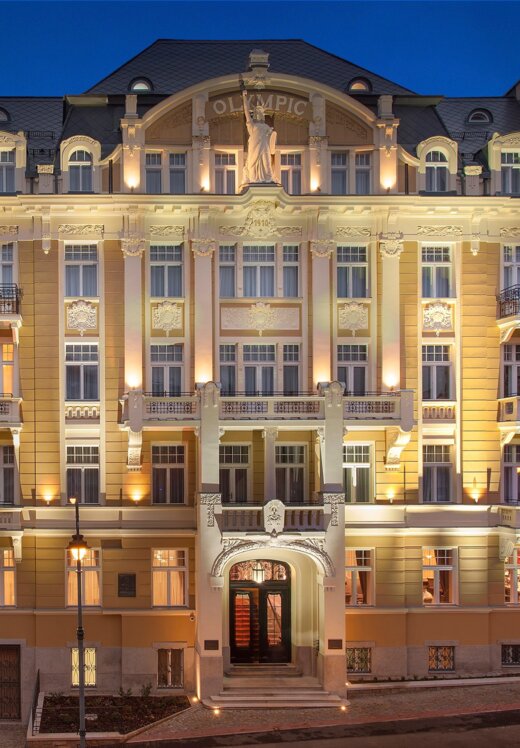
LUXURY, COMFORT AND GENIUS LOCI
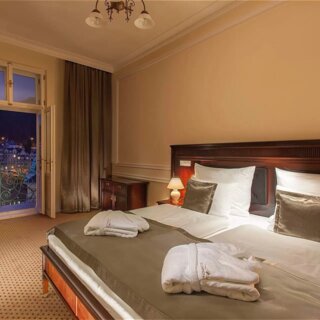
The year 2015 is crucial for the hotel. Feverish work is taking place in the hotel's interior as well as in the balneological and wellness center. And at their complete culmination, the anticipated day arrives - September 1, 2015. Luxury Spa Hotel OLYMPIC PALACE opens its doors to spa guests with a festive celebration. We hope you enjoy your stay with us!
The OLYMPIC PALACE Spa Hotel was announced as the winner of the Building of the Year in the Karlovy Vary Region.

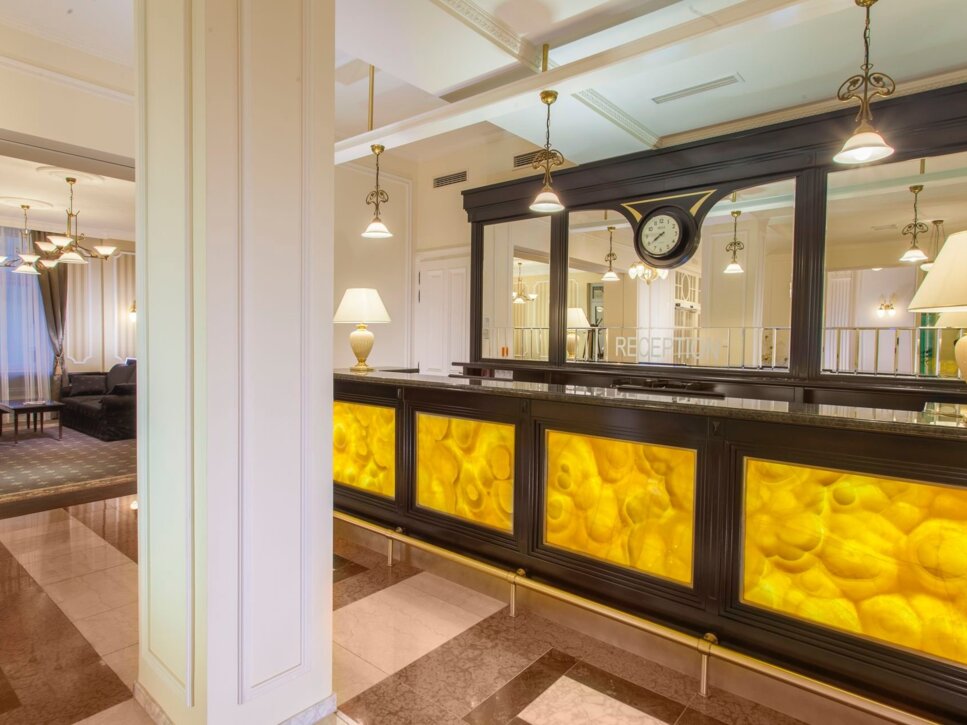
In the first half of 2014, the facade at the rear of the Olympic and Albion took its final shape, visually unifying it into the future OLYMPIC PALACE Hotel. By the end of the year, the street facade will also be sensitively and completely reconstructed according to the original drawings by the architect Steinl. The circle filled with all the twists and turns of the 20th century in the Central European region is slowly closing.

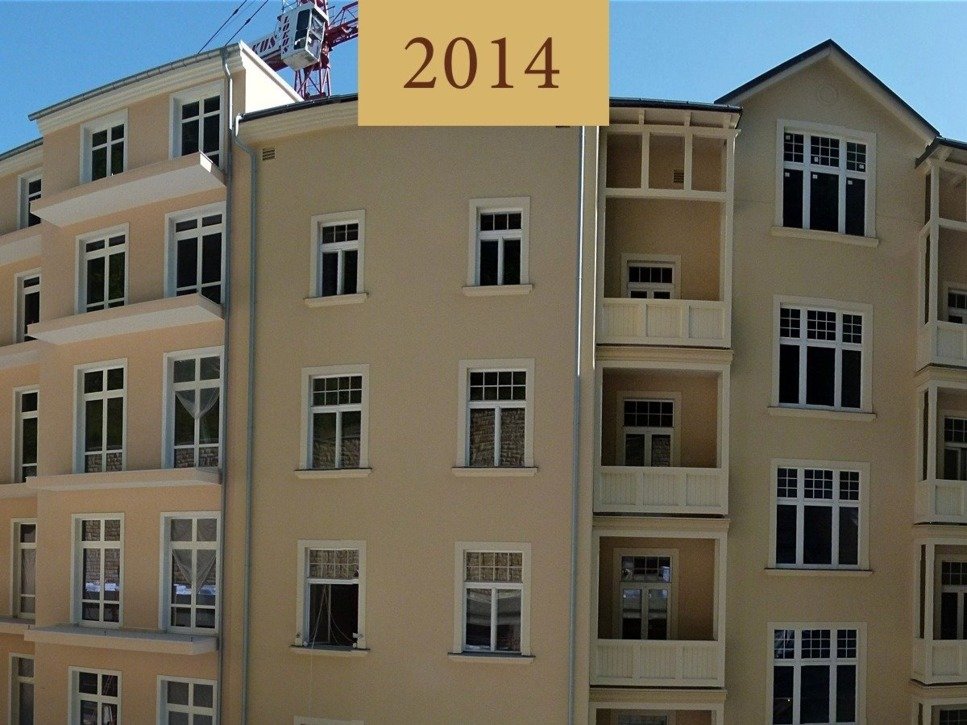
From 2013 until the grand reopening, intensive work is taking place on all fronts. The less valuable structure of the Albion hotel is being reconstructed and complemented by an extension to align it harmoniously with the Olympic hotel.

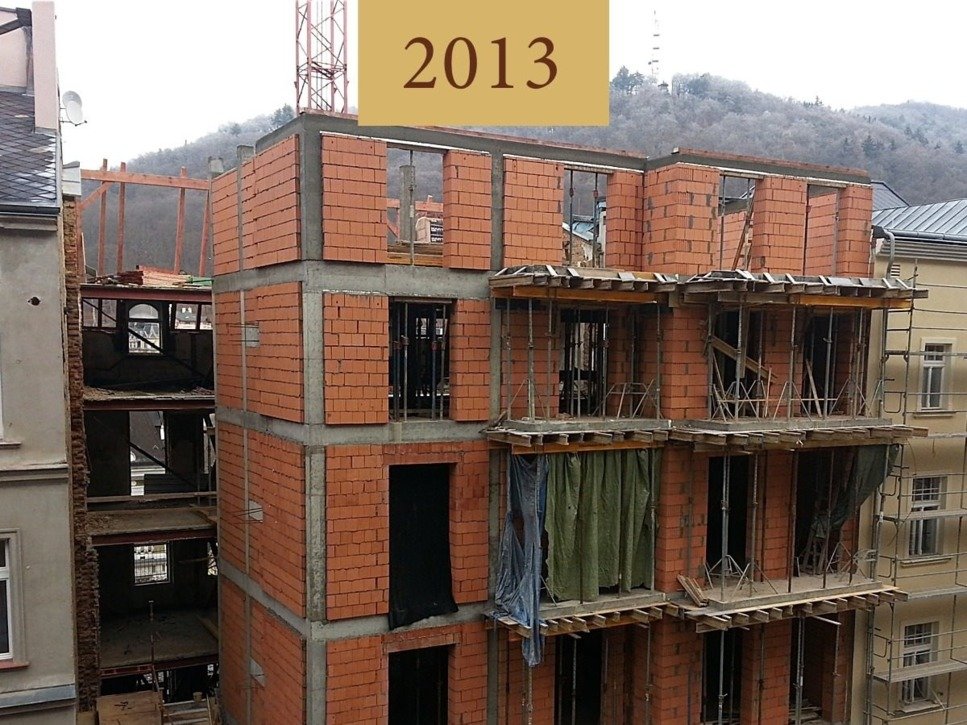
Until 2009, demanding works are carried out to excavate the rock in the rear section. A total of 11,000 cubic meters of soil are removed. You can get an idea of the extent of the work by looking at the profile of the concrete wall. The global crisis affects the construction, and the hotel renovation is put on hold until 2013.

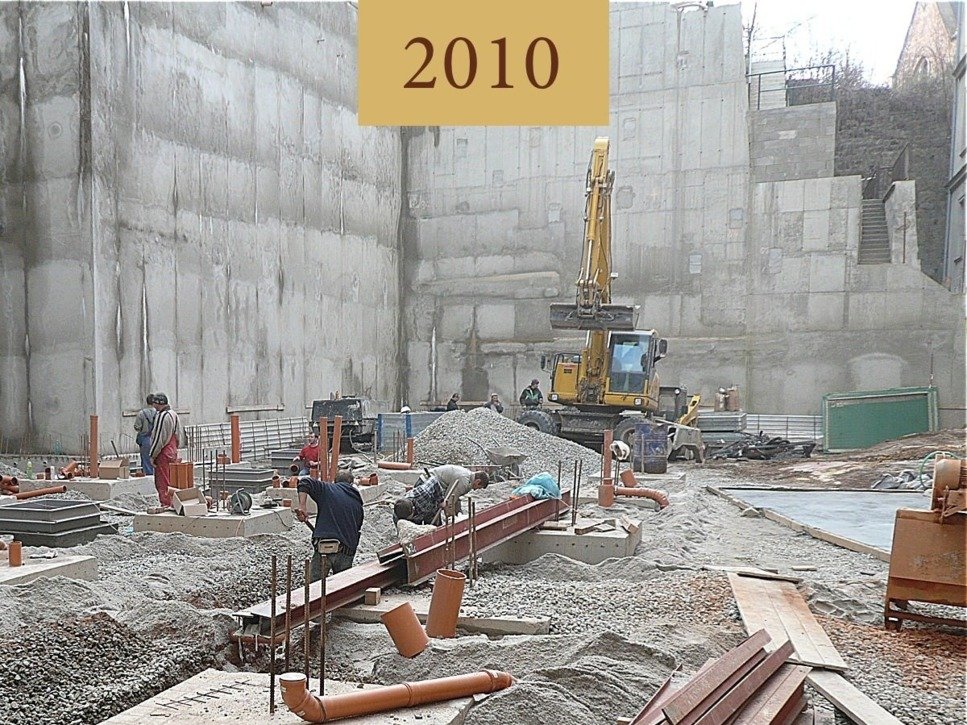
What appears to be a toy in the picture is actually a twenty-ton excavator digging into the slope behind the hotel. A few meters below this spot, we will open the ultramodern Balneological Center for our guests.

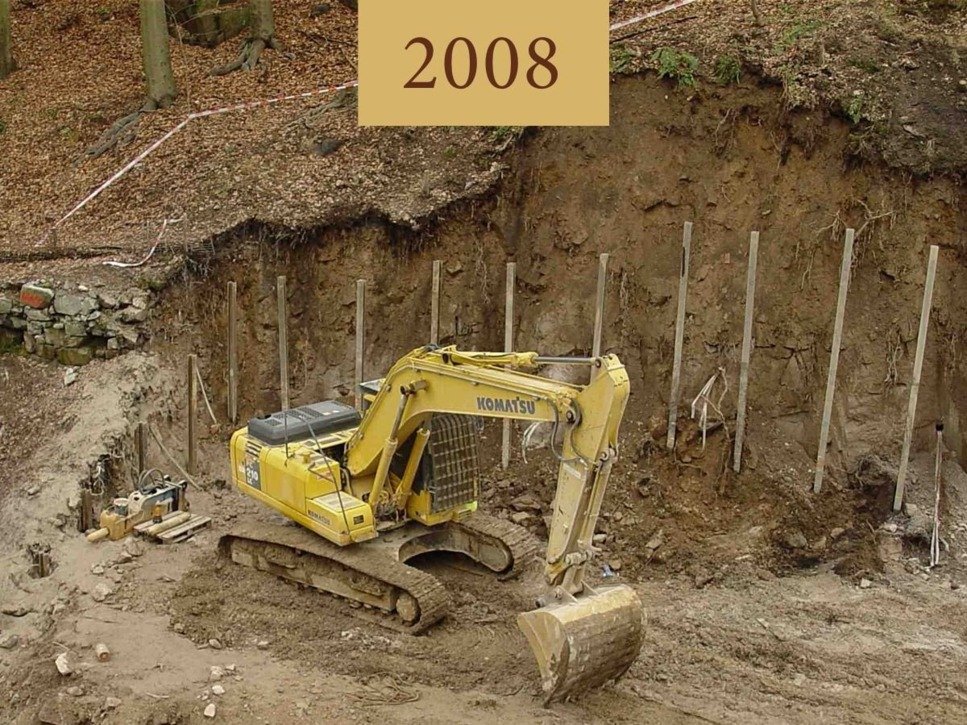
Although it may not seem like it, better times are finally on the horizon. The Olympic hotel is being acquired by a new owner, who is also investing in the neighbouring Albion hotel. And he has big plans for them. The condition in which the new owner is taking over the Olympic hotel is captured in the photograph.

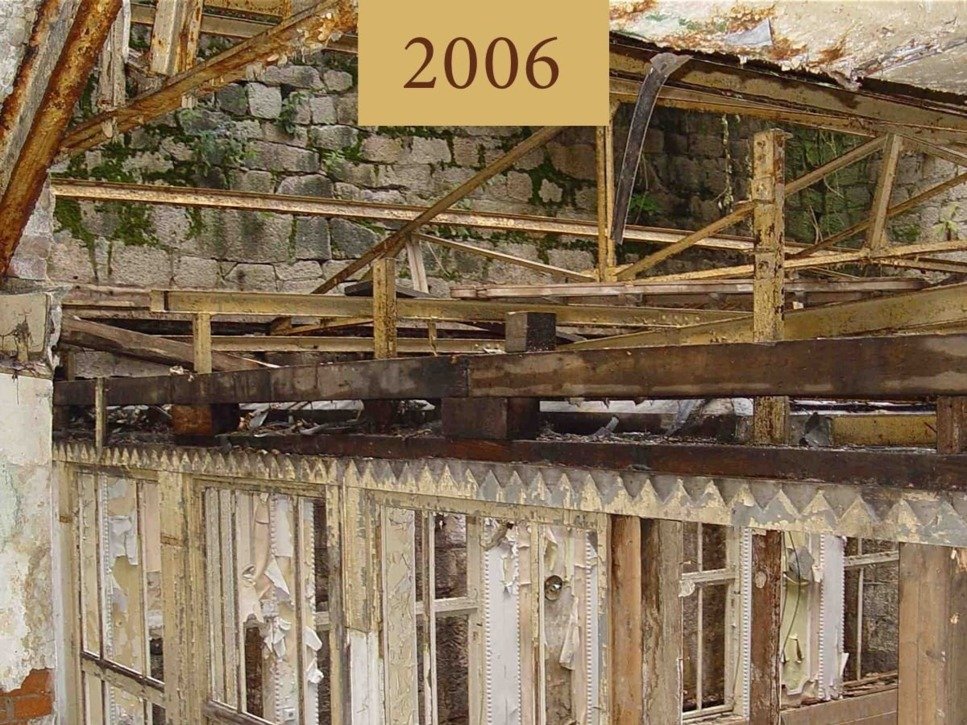
The luxurious liner Millennium sets sail on the ocean. One of the restaurants onboard is named Olympic, and its interior is adorned with several original fixtures from the well-known ocean liner Olympic. Will the Olympic Palace Hotel also come to life?

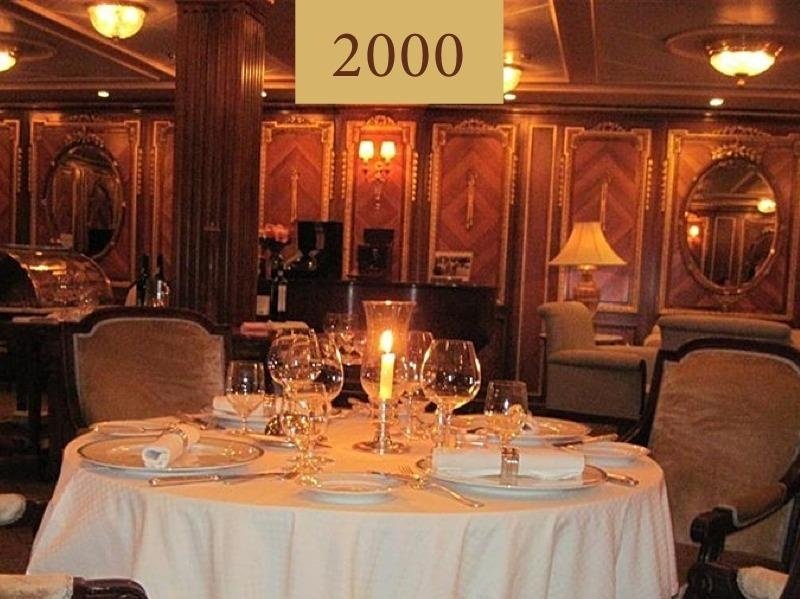
After the change of political regime in 1991, the Olympic Palace became an immovable cultural monument by decree of the Ministry of Culture. The Albion (formerly Westminster) next door is only protected by the building's membership of the urban conservation area. However, none of this will prevent further dilapidation of both hotels in the years to come.

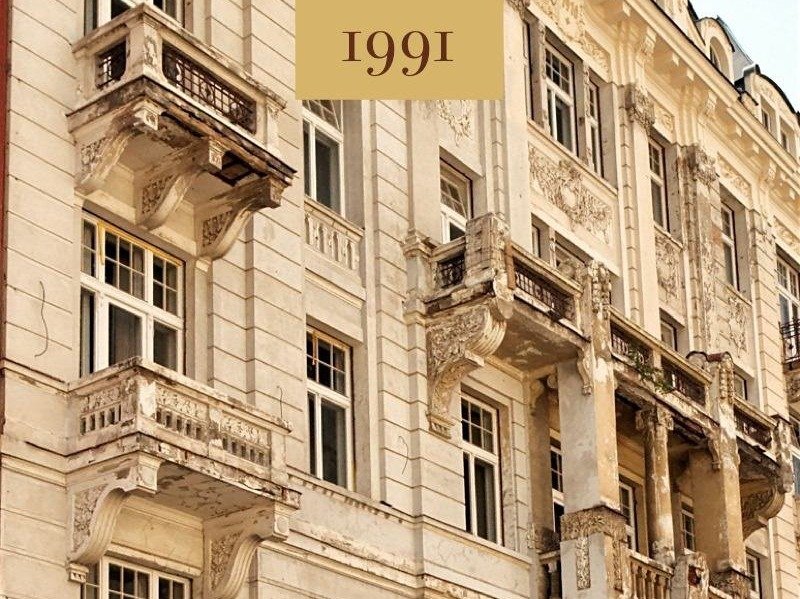
After nationalization and transfer to the administration of the Czechoslovak State Spa Karlovy Vary, the hotel was changed into the Marx Spa House and the neighbouring Westminster Hotel into the Charkov Spa House. Over the years, many insensitive changes have been made to the hotel, for example, linoleum has been laid in the lobby.

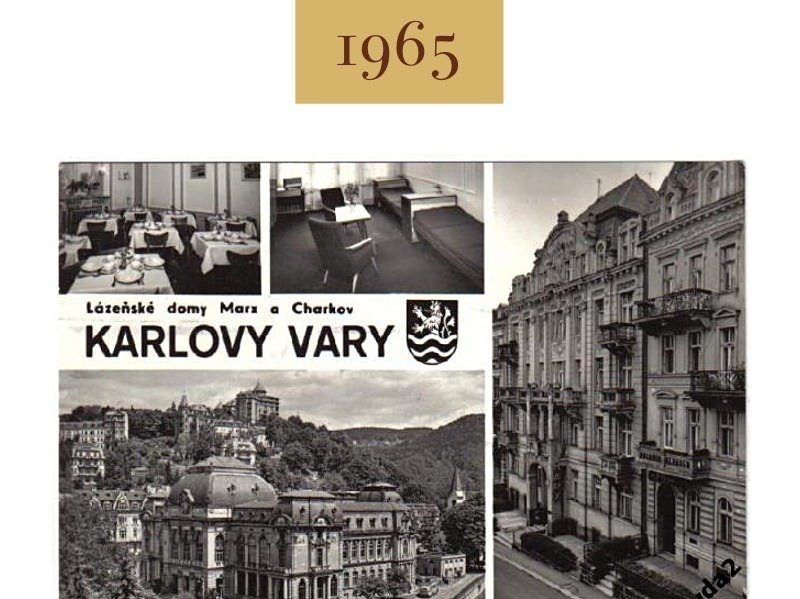
Until 1935, the Olympic served successfully, just as the Olympic Palace Hotel flourished. After the economic crisis and with the approach of fascism, later communism and early capitalism, times were tough. The liner is scrapped in 1935, and the hotel is no longer used after World War II. However, both stories have a promising future ahead of them...

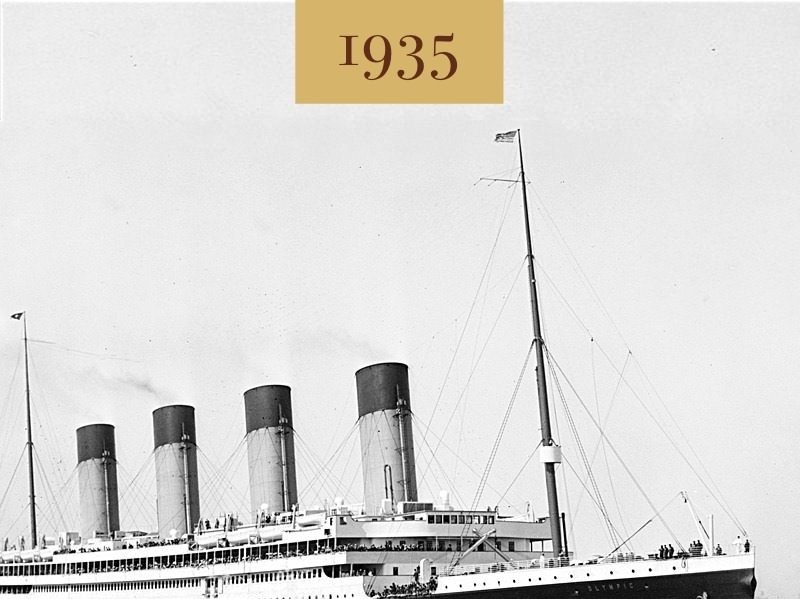
After the end of World War I. and especially with the establishment of the free Czechoslovak Republic, the name of the hotel was no longer acceptable. The Stadler sisters changed the name to the OLYMPIC PALACE Hotel after the ocean liner Olympic, which has been sailing the Pacific Ocean for seven years. A replica of the Statue of Liberty is installed in the gable of the facade. It would later become a thorn in the side of both Nazi and Communist leaders.

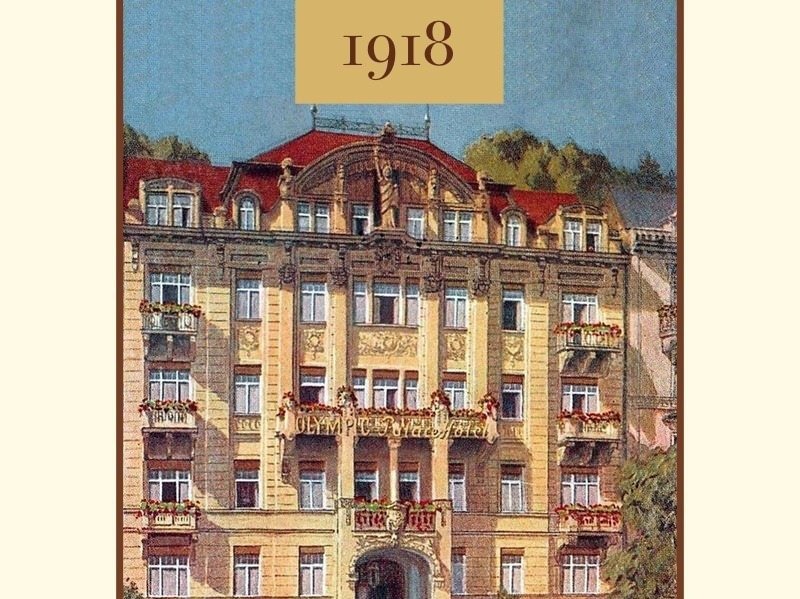
The Olympic sets sail for New York on its maiden voyage from Southampton, UK. The voyage takes seven days. The ship proves to be not only a luxury ocean liner for tourists, but also transports British troops during World War I and even sinks the German U-boat U103.

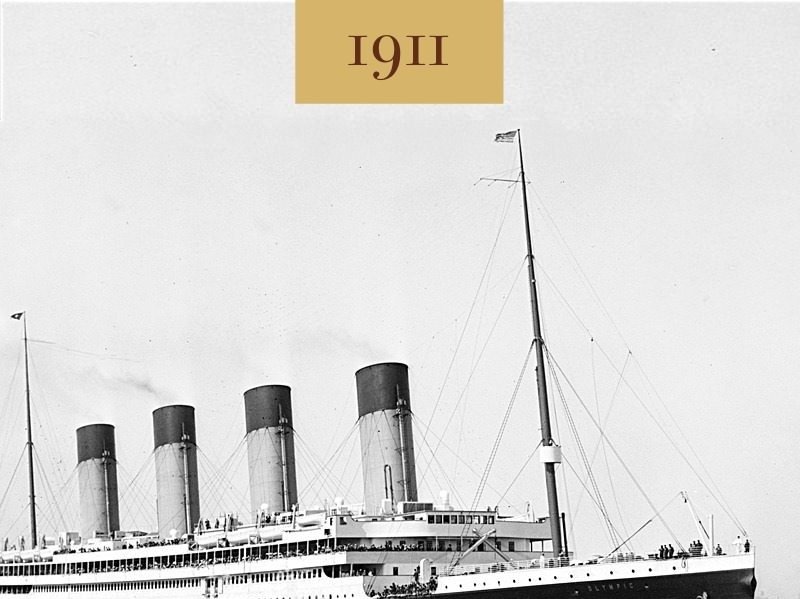
In 1910, the Germania Spa Hotel was inaugurated. The hotel has 55 rooms, 85 spa beds, four floors, mansard roof, seven window axes, balconies and rich stucco decoration with Art Nouveau ornaments on the facade. In 1914, the owners Marie and Berta Stadler renamed it the Germania Palais Hotel.

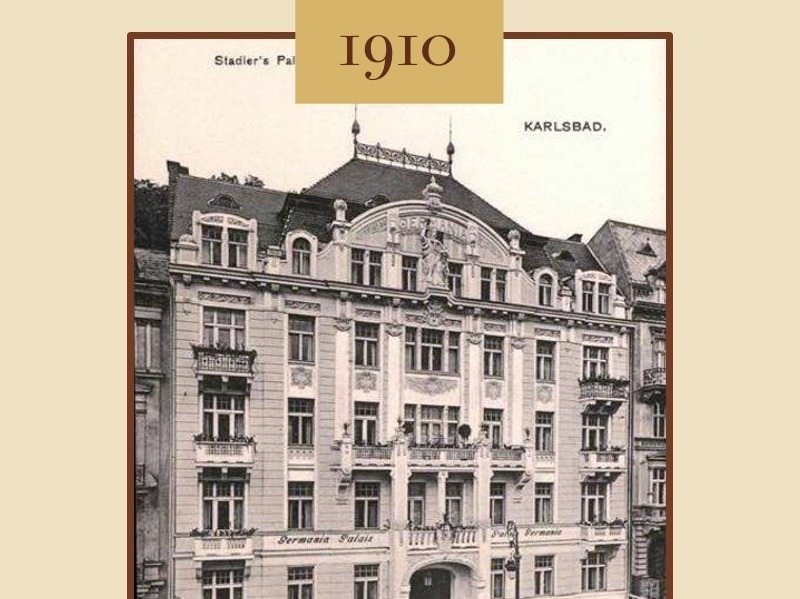
At the turn of the 19th and 20th century, Karlovy Vary experienced an unprecedented boom. In 1911, a record 70,905 guests would be treated in Karlovy Vary. Hotels, colonnades and public buildings were built. The nostalgic atmosphere of the early 20th century is captured in a postcard with the Castle Tower from 1909. Not far above it, work continues on the construction of our hotel.

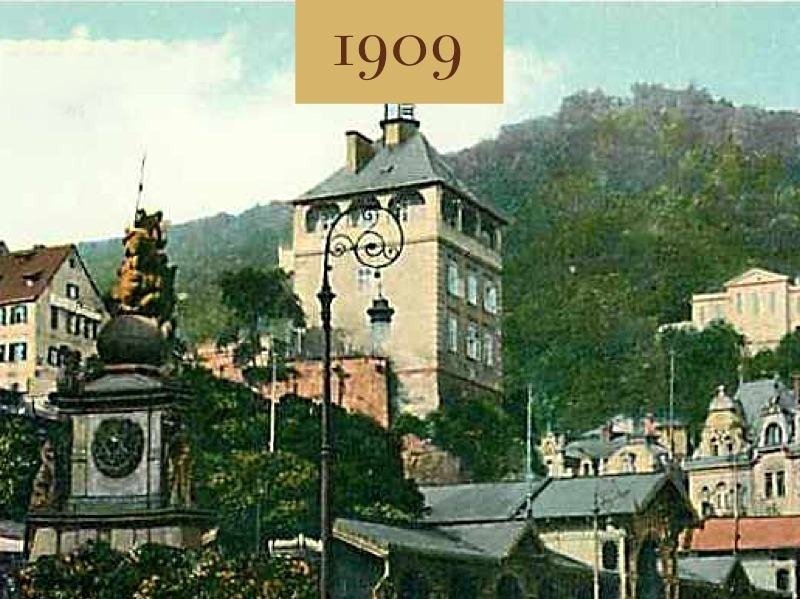
The keel is laid in Belfast, marking the start of construction of the world's largest ocean liner, the Olympic, by the British company White Star Line. In ten years, the name of the ship will be indelibly linked with the fate of our hotel in Carlsbad.

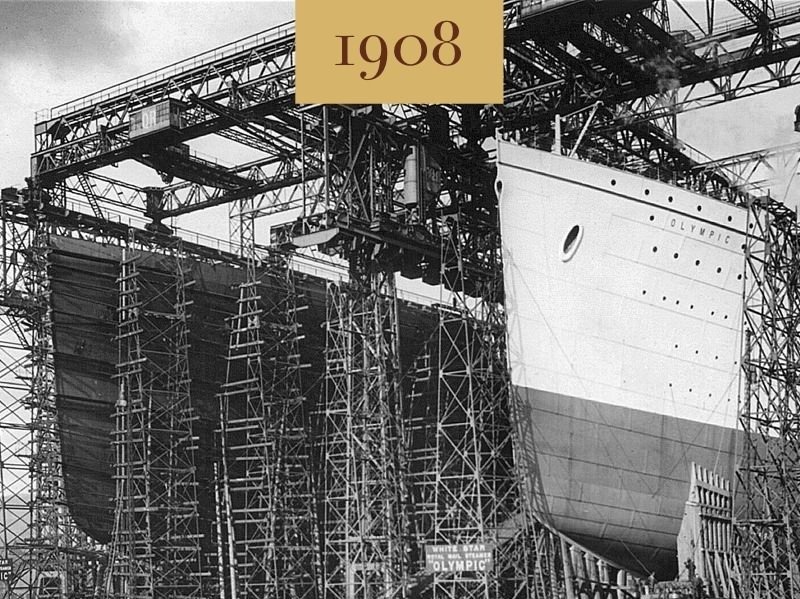
The owners are entrusting the construction of the hotel to the hands of Waldert, a successful builder who also participated in the construction of the Municipal Savings Bank. The sudden death of the architect Otto Stainl interferes with the construction work. He died on 12 July 1907 at the age of 32. The picture shows the architect's drawing of the main facade, proof of his professional maturity.

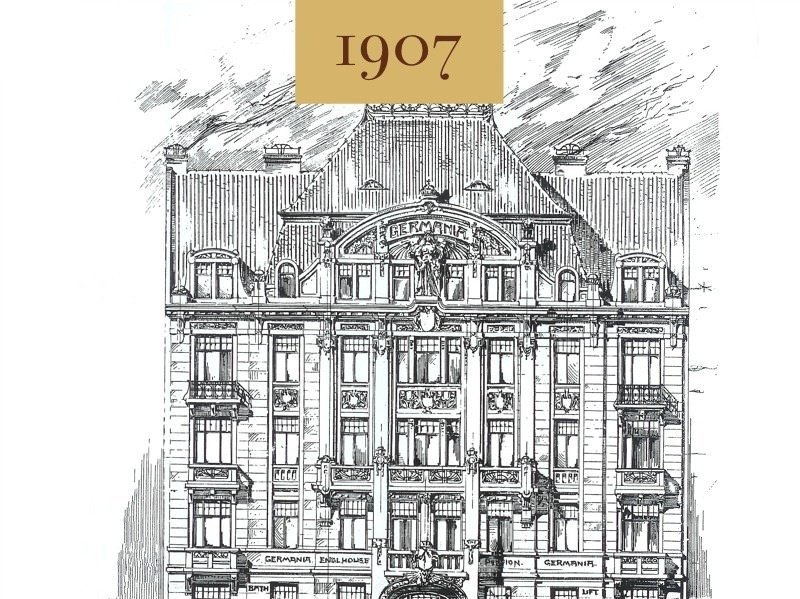
The City Council and the Building Authority approve the plan to build Germania House. On April 26, 1906, the elegant Art Nouveau City Savings Bank designed by the talented architect Otto Stainl is inaugurated. The Stadler brothers are so impressed with the building that they entrust the newly 31-year-old Otto Stainl with the new design of their spa house.

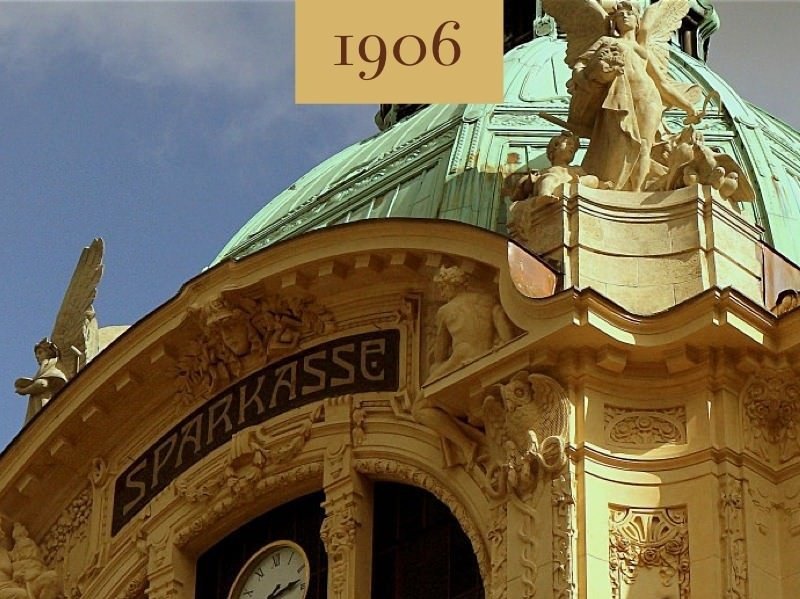
Despite the careful maintenance of the Germania guesthouse, its facilities and services no longer correspond to the boom of the spa industry in Karlovy Vary at the beginning of the 20th century. Two of the owner Stadler's three sons, Anton and Friedrich, came up with the idea of building a completely new spa hotel. The picture shows the situation before construction began.

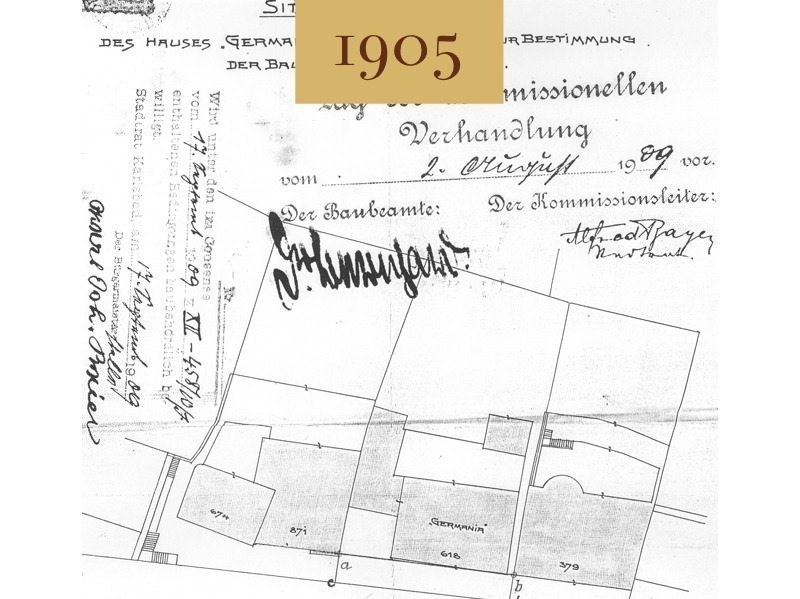
Karel Marx arrives in Karlovy Vary and stays at the Germania guesthouse (today's Luxury Spa Hotel Olympic Palace). He complains about the unbearable insistence of doctor Kugelmann to follow the prescribed treatment. On his second visit to the guesthouse, his sponsor, Bedrich Engels, describes him with the words: "A completely different man has returned, strong, fresh, cheerful and healthy."

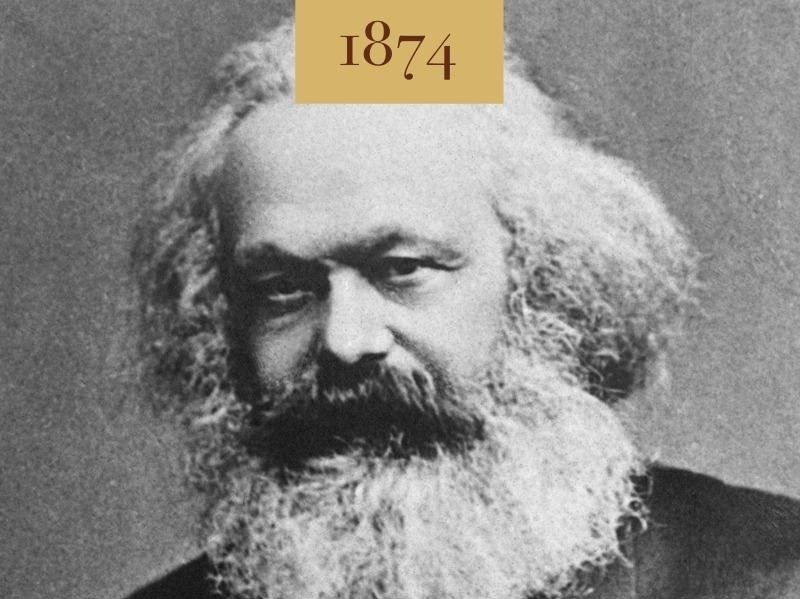
The opening of the railway line Karlovy Vary - Cheb with a connection to the German network is of fundamental importance for the development of the town. A year later a train will start running on the line Prague - Karlovy Vary. The railway connection will mean a significant revival of economic life and an unprecedented increase in visitor numbers. The picture shows the Upper Railway Station in 1935.

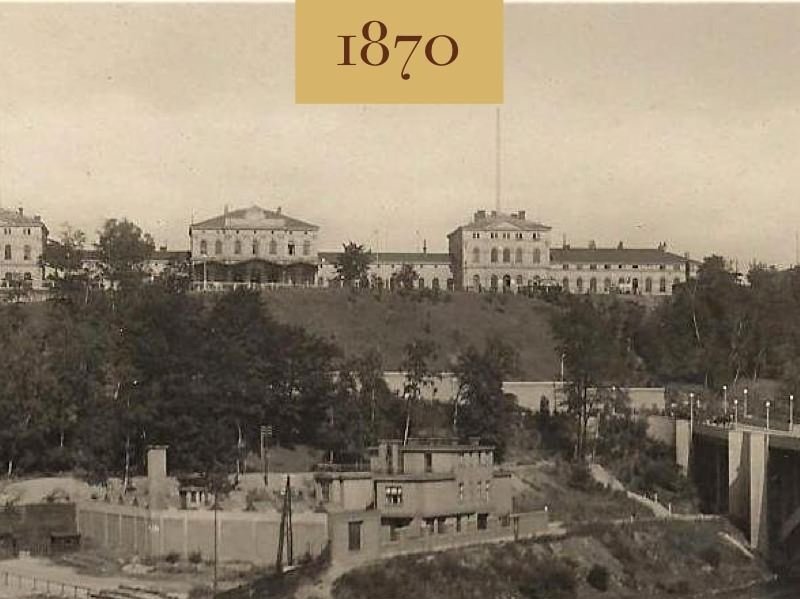
Franz Stadler, from a successful carpentry dynasty, proceeds with a radical reconstruction of the older house No. 618. The result is a simple two-storey house with spa services, the Germania guesthouse. It is neighbouring the Herzog von York Hotel on the left and the Westminster Hotel on the right.

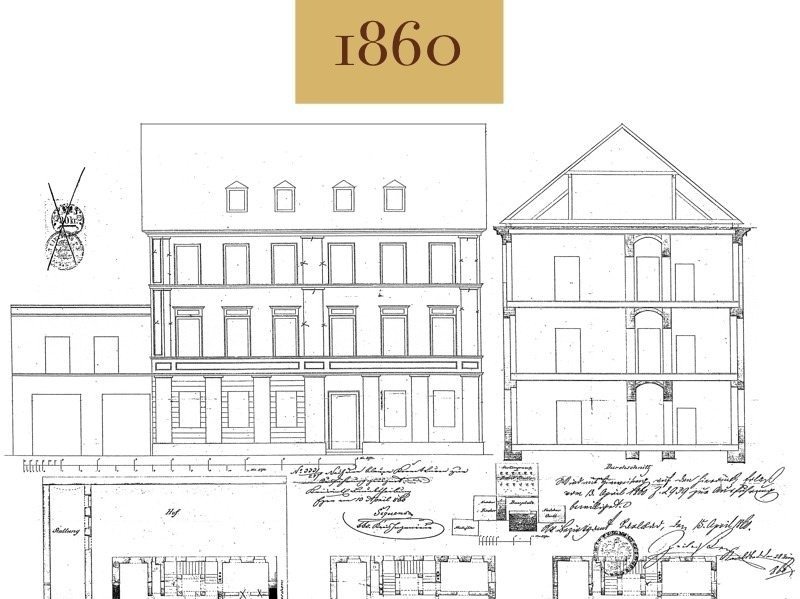
On the cadastral map from 1842, built-up areas first appear on the parcels with the descriptive numbers 618 and 379. Later, the Stadler and Oertl guesthouses would be built on them and today they are the site of the Luxury Spa Hotel OLYMPIC PALACE. The picture shows an engraving of the Market Square from 1802.

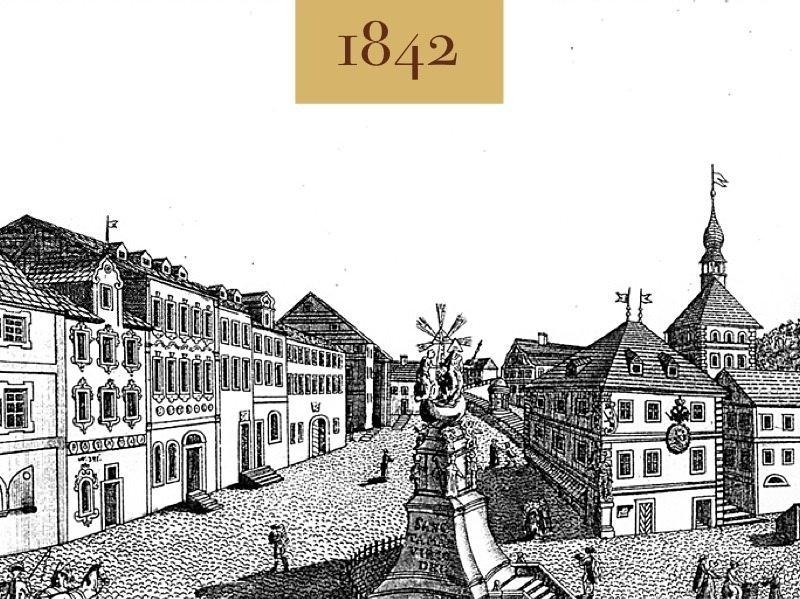
In 1818, the construction of the road from Zámecký vrch to Horní Slavkov through the Slavkov Forest began. The road up the hill would soon become an important stimulus for the development of the buildings above the Chateau Hill, along with the expansion of the spa industry in Karlovy Vary

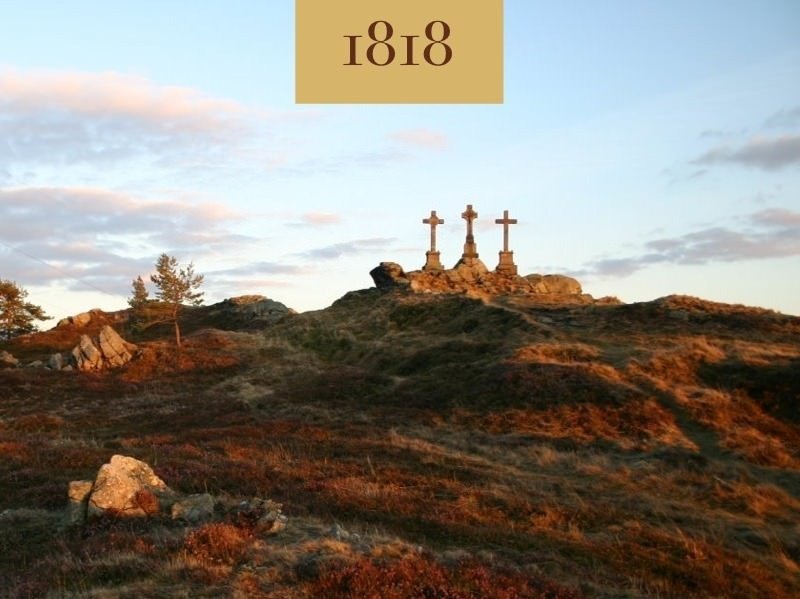
The now defunct colonnade of the New Spring, established in 1792, was the first building of its kind in Karlovy Vary. It offers spa guests the opportunity to stay at the springs even in bad weather. It soon ceased to be suitable and on 14 October 1811 the construction of a new one began. It will again be situated directly above the river, so that its image is romantically reflected on the water.

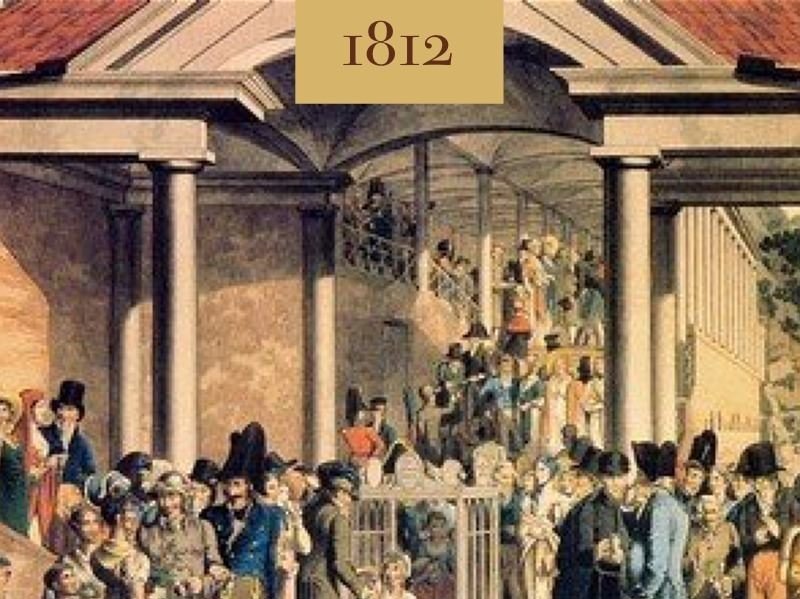
In 1805, in the house U tří skřivanů, not far below our hotel, the enterprising Josef Vitus Becher runs a colonial. His good friend, Dr. Christian Frobrig from England, gave him a recipe for liqueur when he left Var. Two years later, Josef Becher starts to produce a liqueur to cure stomach ailments and calls it English Bitter. Later, this liqueur would bear the name of its producer, Becherovka.

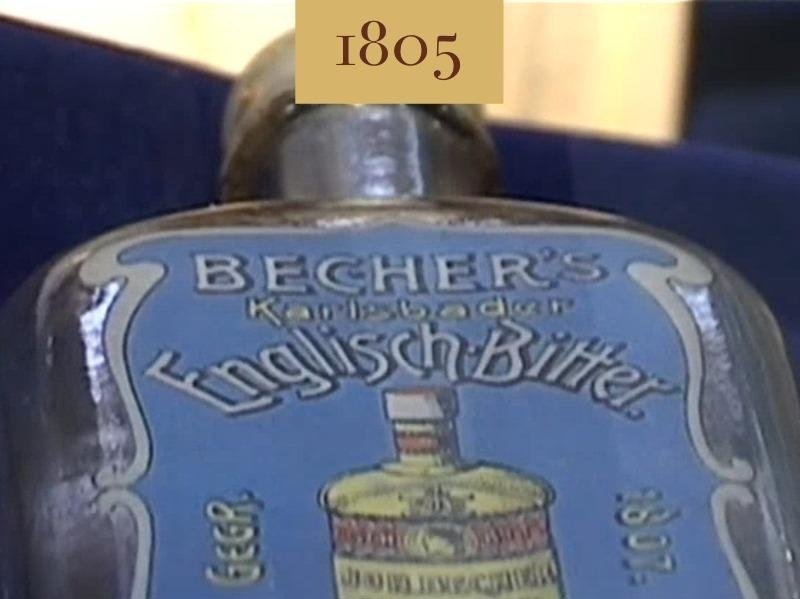
In 1764, thanks to the efforts of Dr. David Becher, the production and export of spring salt began in Karlovy Vary. Becher advocates moderation in the amount of water drunk and increases the prestige of bathing in the spring water. His scientific set of principles, among other things, promotes drinking water directly at the springs, which leads to the building of gazebos and later colonnades.

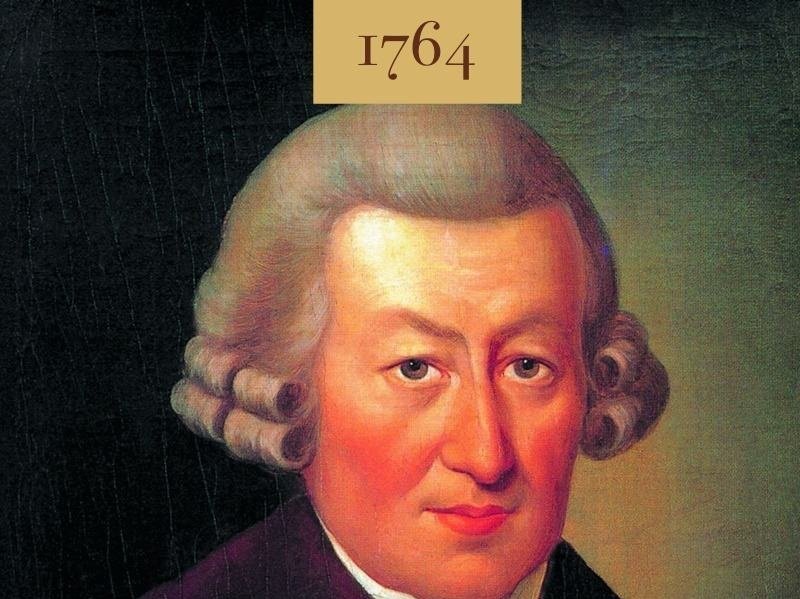
The day before the celebration of Karlovy Vary's elevation to a town, Apolonia Rutendunst's two daughters watch the marching soldiers from the window, forgetting that butter is being melted on the stove. A fire so terrible breaks out that only three of the 102 houses in the town remain. Pictured here is the Castle Tower and the rebuilt houses from before 1759, when the next big fire hits the town.

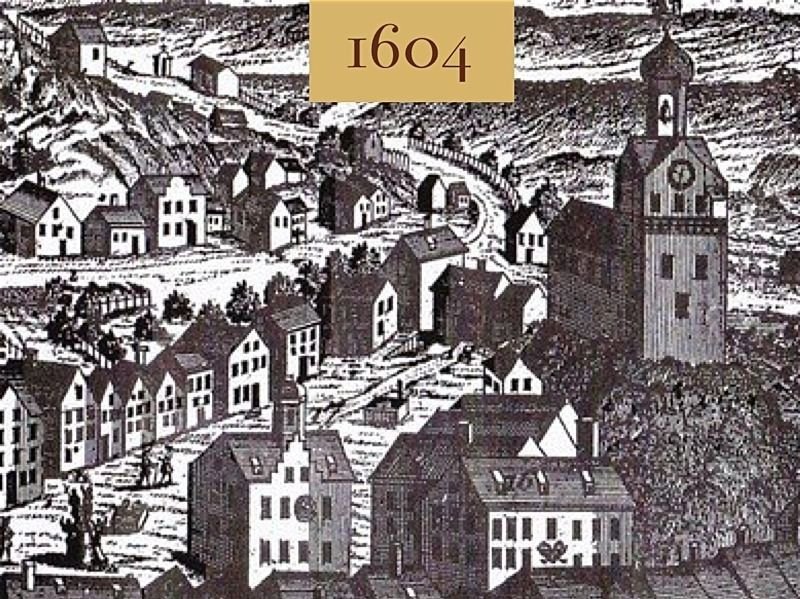
Emperor Charles IV granted the Hot Spa at Loket, as Karlovy Vary was then called, the freedoms and rights enjoyed at that time by the nearby royal town of Loket. In 1370, 1374 and 1376, Charles IV would reside in the newly established town.

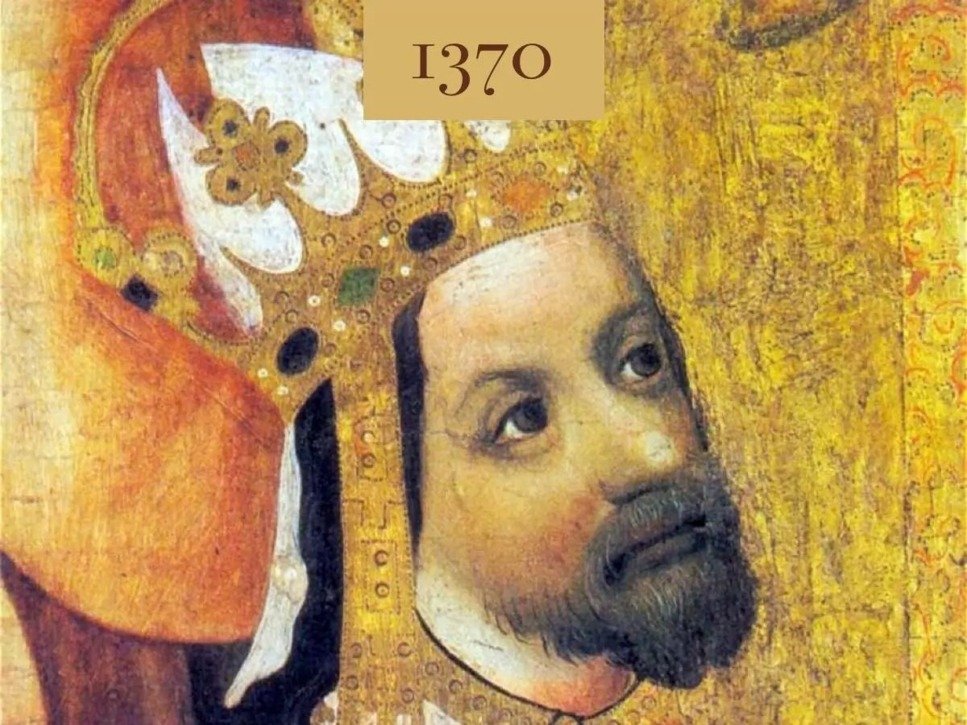
Already around 1358, Emperor Charles IV had a Gothic castle built near the discovered hot springs, later called Schlossberg (Zámecký vrch). Today, our hotel - Luxury Spa Hotel OLYMPIC PALACE - is located on the street behind it..

